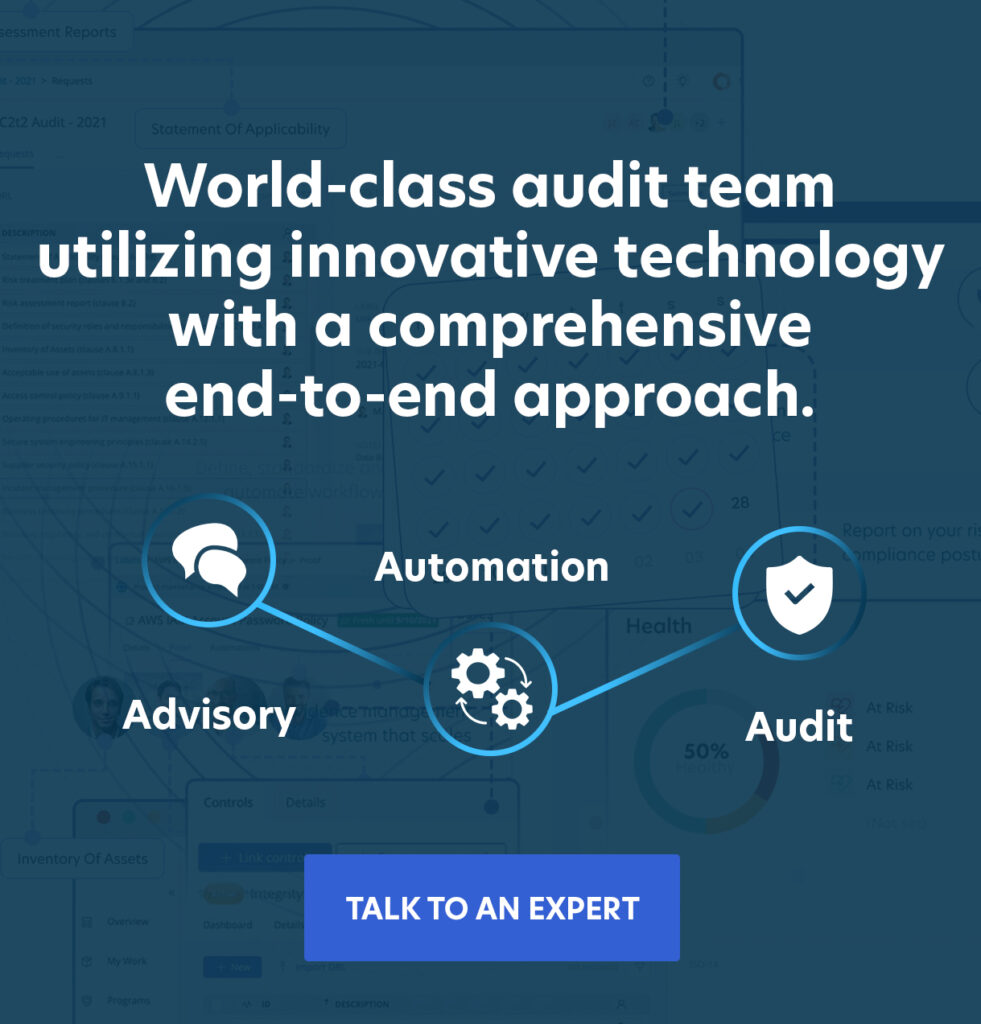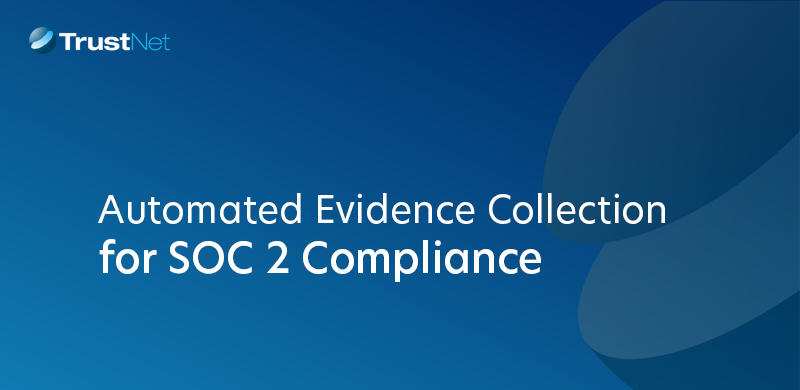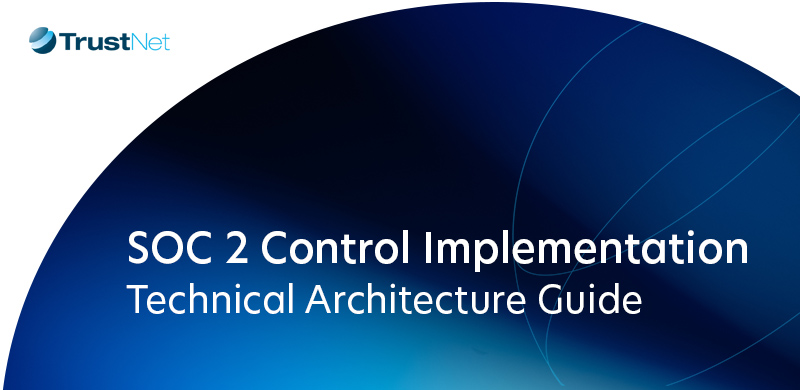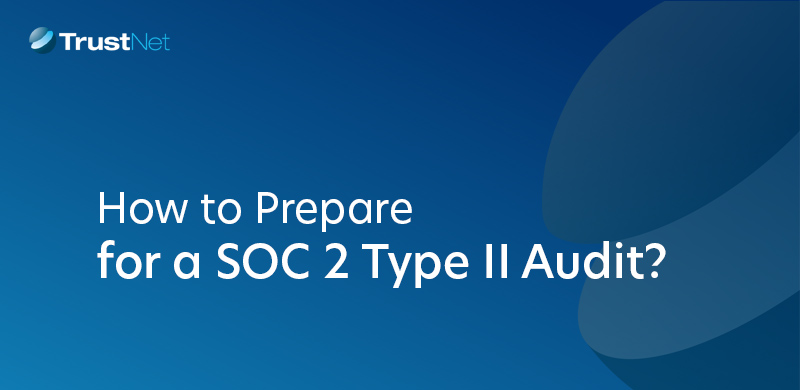
These days, many companies seek to achieve SOC 2 compliance. Displaying a certification logo on their web pages and corporate profile can be a significant advantage compared to the competitors. The reason is simple: SOC 2 (System and Organization Controls 2) is a widely recognized framework for building trust among businesses, customers, and third-party entities.
A SOC 2 certification (re: an attestation report by a qualified independent auditor) demonstrates that your company performs due diligence in safeguarding sensitive information. It also shows that your organization practices good governance by implementing adequate controls over its systems and processes. Hence, SOC 2 compliance provides a significant competitive advantage, especially in an interconnected business environment with intensifying risks, threats, and vulnerabilities.
To achieve SOC 2 compliance more smoothly and cost-efficiently, you need to understand the five core principles upon which the framework is built: security, availability, processing integrity, confidentiality, and privacy.
The Trust Services Criteria (TSC)
The American Institute of Certified Public Accountants (AICPA) built SOC 2 on five core principles that encapsulate the main aspects of information security. These core principles are the categories under which AICPA’s control criteria (Trust Services Criteria, or TSC) are classified.
Each principle or category covers a distinct set of internal controls that govern your information security system. Understanding these principles helps you prepare for a readiness assessment and attestation audit, two of the essential stages in the SOC 2 compliance journey. In a SOC 2 attestation report, the auditor gives an opinion on whether an organization adequately meets all the control objectives associated with the relevant core principle(s).
Used by an auditor to evaluate an organization’s information systems, SOC 2’s Trust Services Criteria are classified under the following categories:
- Security
- Availability
- Processing Integrity
- Confidentiality
- Privacy
Security
This core principle protects information against unauthorized access, control, modification, and disclosure.
As the preeminent principle, security must be included in every SOC 2 audit report. In contrast, the optional inclusion of the other four principles/categories depends on the organization’s line of business or desired audit scope.
The control criteria used to test security are collectively called the Common Criteria (CC) because they include criteria objectives shared with other categories. A SOC 2 report focusing solely on the Security principle might be sufficient for some companies’ certification needs. In addition to physical and logical access controls, the Common Criteria also cover many aspects of the organization’s information systems, including policies on ethical governance, communication, change, and risk management.
Protective measures such as firewalls, endpoint detection and response, and authentication protocols are some of the controls covered by this category.
Availability
This core principle covers control criteria that help maintain the availability and usability of data and information systems to authorized entities whenever needed or within agreed service levels. In practical terms, this category considers internal controls that demonstrate the organization’s ability to continue critical business functions even amid disruptive events and maintain operational uptimes expected by customers.
As such, ongoing performance monitoring and adequate data backups are integral controls for this category. Organizations that provide on-demand services often need to include this category in their SOC 2 report.
Processing Integrity
This category focuses on internal controls that help ensure data is processed as expected, free from unintended errors or corruption. The purpose is to maintain the reliability and accuracy of the information your systems process. To meet the standards of this principle, an organization must have adequate controls to ensure that data is processed accurately, timely, complete, and with proper authorization.
Data encryption and authentication, error handling, and quality assurance are some processes associated with this category. Financial organizations and firms engaging in intensive data analysis would likely include these control criteria in their SOC 2 audit scope.
Confidentiality
This core principle focuses on protecting confidential information across the stages of its lifecycle: collection, storage, processing, and disposal. Some internal controls associated with these criteria include access management, data encryption, and confidentiality agreements. Organizations that store sensitive information such as trade secrets, intellectual property, and client data must have this category in their audit scope.
Privacy
Like confidentiality, this category focuses primarily on protecting Personally Identifiable Information (PII). Such protection extends across the personal data lifecycle: from collection and storage to processing and disposal. Controls such as privacy policies, consent management, and data encryption are integral to this category. Additionally, relevant regulations such as the GDPR (General Data Protection Regulation) may affect compliance with this core principle. Companies that collect, use, or store PII such as social security numbers, driver’s license numbers, credit card information, and healthcare data may need to include this control criteria in their SOC 2 audit scope.
Scoping Your SOC 2 Audit
Your journey towards SOC 2 compliance begins with the audit scope. That entails deciding which Core Principles (also called Trust Services Criteria, Trust Services Category, or TSC) to include in the audit.
Important Points to Remember:
- Security is the only TSC required in a SOC 2 report. Including other core principles depends on your company’s line of business (e.g., what types of data your company processes, etc.) and/or the specific report requirement of your customers, partners, or other stakeholders.
- Including additional TSCs will increase the cost of compliance and extend the audit period.
Given the above pointers, limiting the audit scope by including only TSCs that are highly relevant to your industry and line of business is best.
Conclusion
The core principles of SOC 2 provide a comprehensive and reliable framework for regulatory compliance, good governance, and information security. By incorporating these core principles and their associated control criteria in your business, you proactively improve its security posture, brand reputation, and readiness for other regulatory audits.
Talk to an Expert to scope your SOC 2 assessment and jumpstart certification.




